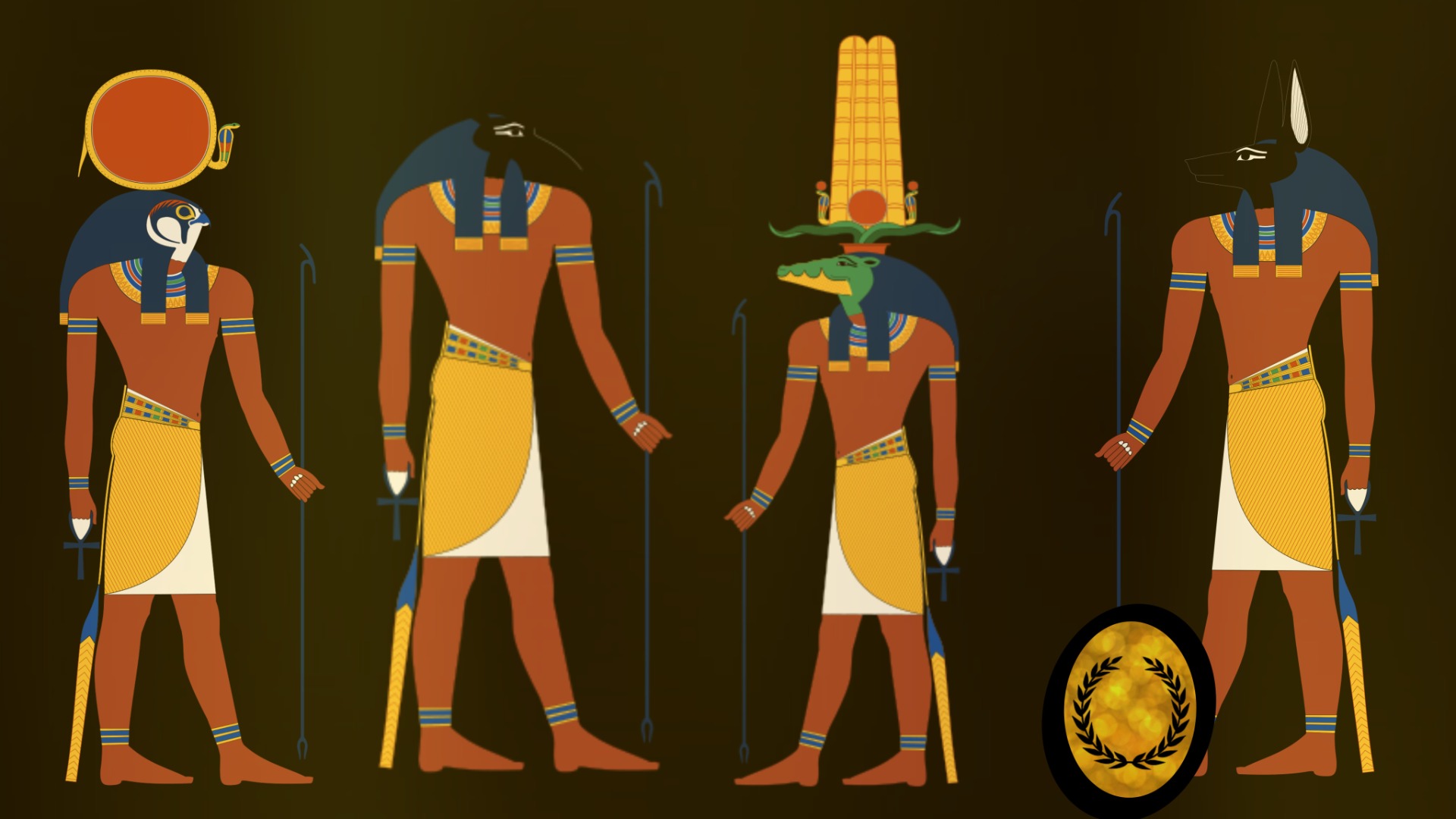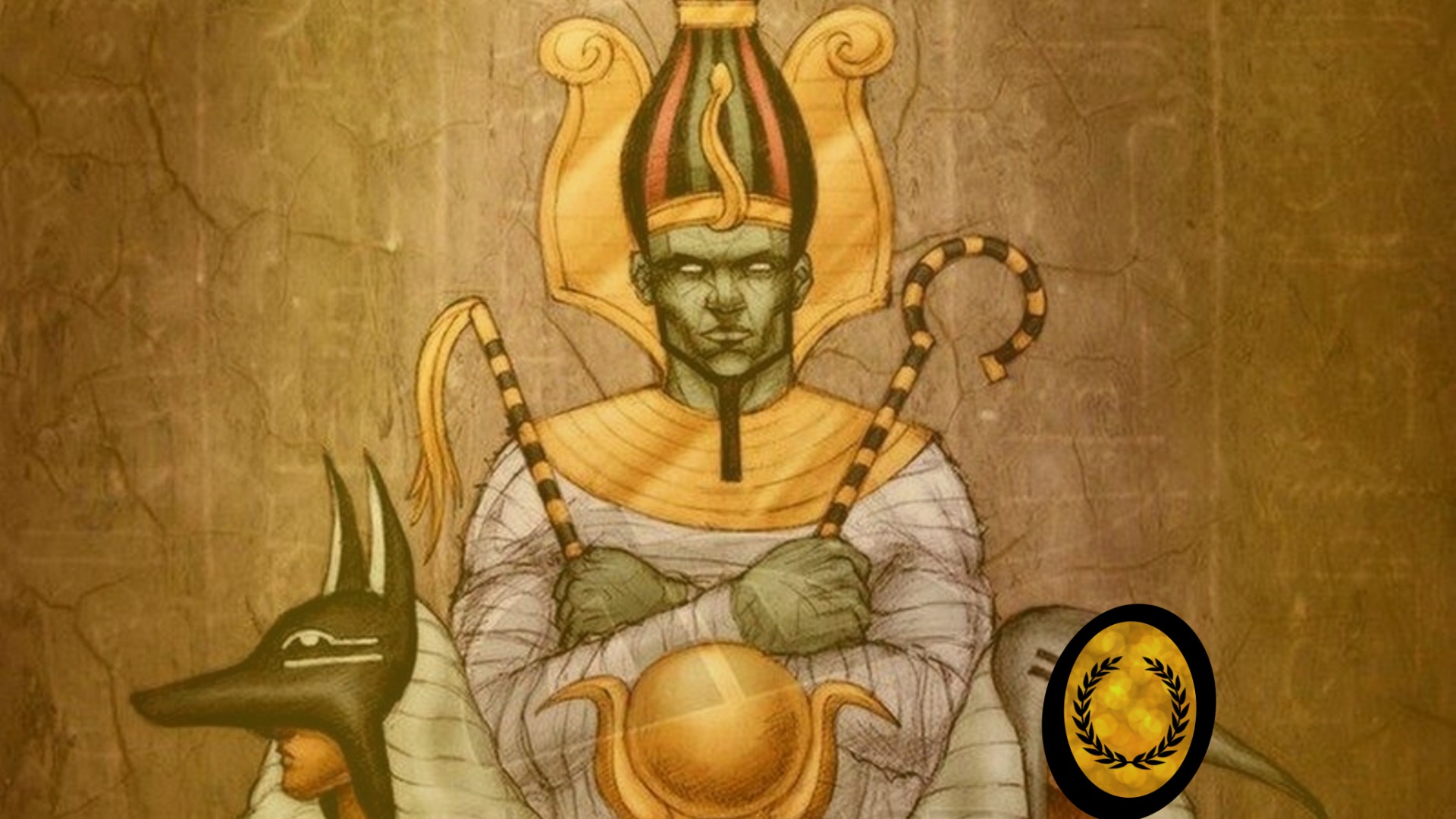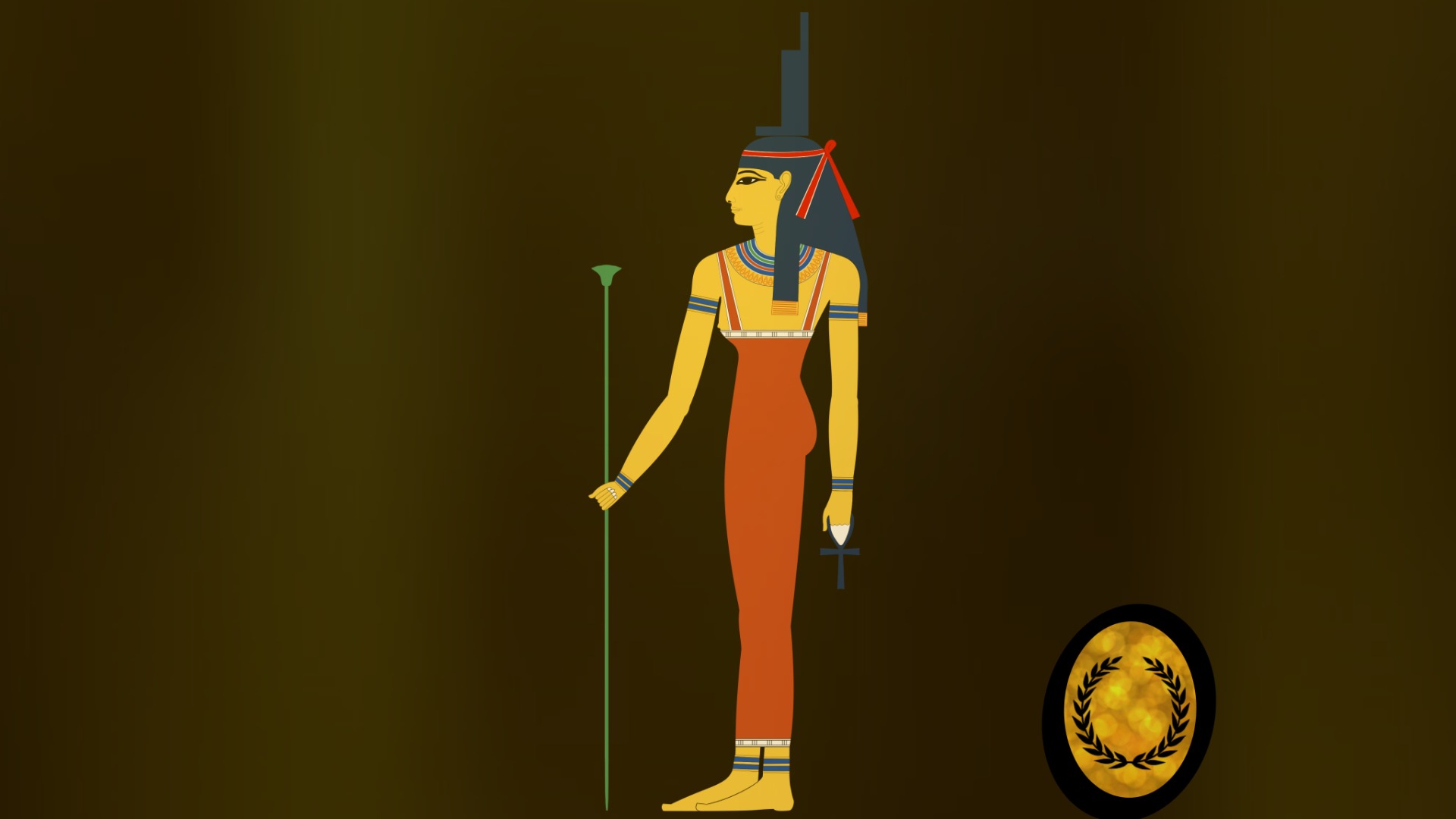Maat is, in Egyptian Mythology, the Goddess of Justice. She was also one of the most worshiped deities of Ancient Egypt. This goddess was very similar to Isis, sometimes even confused, check it out.
Maat: The Goddess of Justice from Egyptian Mythology

Maat in Egyptian Mythology:
Maat refers to the ancient Egyptian concepts of truth, balance, order, harmony, law, morality and justice. Maat was also the goddess who personified these concepts and regulated the stars, seasons, and the actions of mortals and deities who brought order out of chaos at the moment of creation. Its ideological opposite was Isfet (Egyptian jzft), meaning injustice, chaos, violence or doing evil.
Maat's Story:
The first surviving records indicating that Maat is the norm for nature and society, in this world and the next, were recorded during the Ancient Kingdom of Egypt, the first substantial surviving examples found in the Pyramid Texts of Unas (circa 2375 BC and 2345 BC).
Later, when most goddesses were paired with a male aspect, their male counterpart was Thoth, as their attributes are similar. In other accounts, Thoth was paired with Seshat, goddess of writing and measurement, who is a lesser-known deity.
After his role in creating and continually preventing the universe from returning to chaos, his primary role in ancient Egyptian religion dealt with the Weighing of Heart that took place in the Duat. His penalty was the measure that determined whether the souls (considered to be residing in the heart) of the deceased would reach the paradise of the afterlife successfully. In other versions, Maat was the feather as the personification of truth, justice and harmony.
Pharaohs are often depicted with the emblems of Maat to emphasize their roles in upholding law and righteousness. From the Eighteenth Dynasty (1550 - 1295 BC) Maat was described as the daughter of Ra, indicating that the pharaohs were believed to rule through their authority.
Justice God:
Maat was the goddess of harmony, justice and truth represented as a young girl. She is sometimes portrayed with wings on each arm or as a woman with an ostrich feather on her head. The meaning of this emblem is uncertain, although the god Shu, who in some myths is Maat's brother, also wears it. Depictions of Maat as a goddess are recorded from the mid-Old Kingdom (c. 2680 to 2190 BC).
The sun god Ra came from the primordial mound of creation only after he put his daughter Maat in place of isfet (chaos). Kings inherited the duty to ensure that Maat remained in place, and they with Ra are said to "live in Maat", with Akhenaten (r. 1372-1355 BC) in particular emphasizing the concept to a point that contemporaries of the king they saw as intolerance and fanaticism. Some kings incorporated Maat into their names, being referred to as Lords of Maat, or Meri-Maat (Beloved of Maat).
Maat played a central role in the Weighing of the Heart ceremony, where the deceased's heart was weighed against her pity.
Maat for Citizens:
Maat represents the ethical and moral principle that all Egyptian citizens should follow throughout their daily lives. They were expected to act with honor and truth in matters involving family, community, nation, environment and god.
Maat as a principle was formed to meet the complex needs of the emerging Egyptian state that embraced diverse peoples with conflicting interests. The development of such rules sought to avoid chaos and became the basis of Egyptian law. From an early age the king would describe himself as the "Lord of Maat" who decreed with his mouth the Maat he conceived in his heart.
The meaning of Maat has developed to encompass all aspects of existence, including the basic balance of the universe, the relationship between its constituent parts, the cycle of seasons, celestial movements, religious observances and good faith, honesty. and truthfulness in social interactions.
The ancient Egyptians had a deep conviction of an underlying holiness and unity in the universe. Cosmic harmony was achieved by correct public and ritual life. Any disturbance in cosmic harmony can have consequences for the individual as well as for the state. A wicked king could cause famine, and blasphemy could bring blindness to an individual. In opposition to the correct order expressed in the concept of Maat is the concept of Isfet: chaos, lying and violence.
In addition, several other principles within ancient Egyptian law were essential, including adherence to tradition as opposed to change, the importance of rhetorical skill, and the significance of achieving impartiality and "just action". In a text from the Middle Kingdom (2062 to c.1664 BC), the creator declares "I made every man like his fellow". Maat called on the rich to help the less fortunate rather than exploit them, echoed in declarations from the tombs: "I gave bread to the hungry and clothed the naked" and "I was the husband of the widow and father of the orphan."
Check Now:
Sobek: Meet the Egyptian God of Fertility
Sobek is, in Egyptian Mythology, in addition to being associated with the power of the pharaoh and military victories, the God of Fertility, along with the deity Min. Learn more about this crocodilian god of Egypt.
How were the Egyptian Gods represented?
Discover now how the Egyptian Gods were represented. There is not only Ra, Isis and Osiris, there are many gods of Egypt. In this article you will know the main ones, as well as some iconic ones.
Osiris is, in Egyptian Mythology, the God of the Dead and also the God of Judgment. Nobody better represents Osiris as God and guardian of the dead, because... in his representation, Osiris is a dead man.
Isis is, in Egyptian Mythology, the Goddess of Fertility. She was one of the most worshiped deities in the Egyptian world; she was also, as popular that myth of her reached from Greece, as ancient Rome. Learn more about Isis.
Quotes from The Egyptian Book of the Dead: The 13 Most Amazing Phrases. Messages, Excerpts, Quotes, Thoughts and Motivational Phrases! A little bit about one of the oldest books of mankind.
Find out now who are the 5 Most Powerful Gods in Egyptian Mythology! Of course, based on our humble opinion, after all, it's hard to say with certainty the strongest given that there are dozens of Egyptian Gods.
Seth is, in Egyptian Mythology, the God of Death and Storms, always associated with bad events. Seth was one of the most prominent gods of ancient Egypt, as well as being a mortal enemy of Horus.
Nephthys is, in Egyptian Mythology, the Goddess of Death (in addition to the sister of Isis). This deity is also associated with funerary rites. By herself, this goddess was not evil and was highly adored by the Egyptians.
How was the Origin of the World According to Egyptian Mythology? It is always important to say that Ancient Egypt has several explanations for the Creation of the World... We will give you the main one, know.









